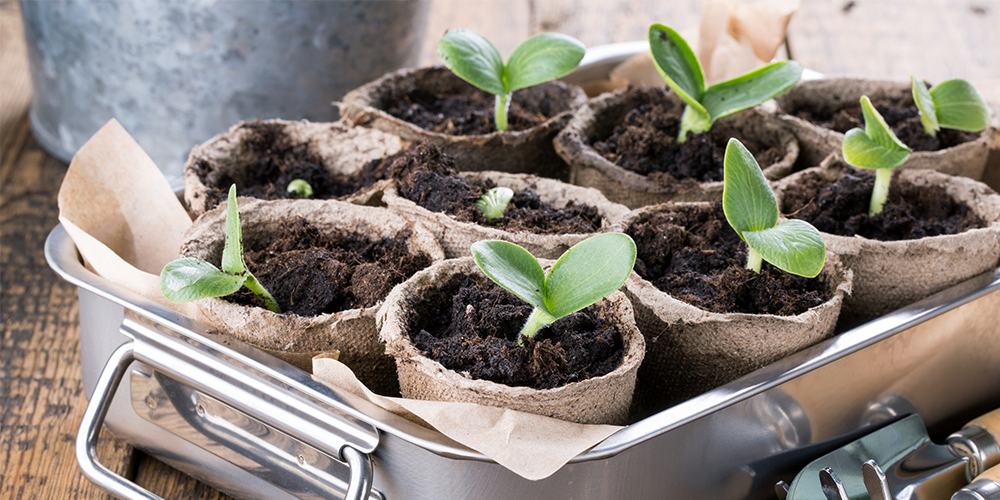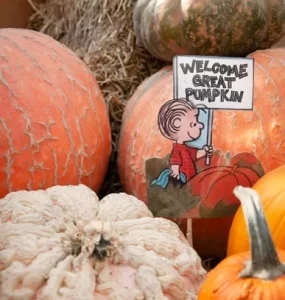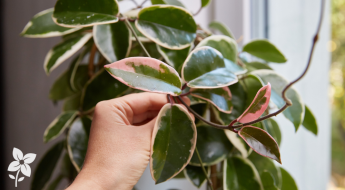
Here in Edmonton, we’re no strangers to freezing cold winters, so when spring rolls around, our soil often isn’t quite toasty enough to directly plant seeds in our gardens. Luckily, starting your seeds indoors is pretty easy, and it won’t compromise the quality of your plant if you follow the necessary steps.
Prepare to Plant Seeds
Before you dive into planting, make sure you check the back of the seed packet for any special instructions on preparing your seeds. Bigger seeds with hard shells, like beans and squash, need to be soaked overnight to soften up. Other seeds, like lavender and catmint, need to be chilled first to help break them out of dormancy by mimicking the conditions of transitioning from winter to spring.
Some seeds with particularly tough exteriors, like morning glories and nasturtiums, need their shells scratched up and weakened to help them sprout. You can do this by rubbing your seeds gently with sandpaper or putting tiny nicks into the surface with a knife. Just make sure you’re only cracking the outer surface of the seed while still leaving the inside intact.
When to Plant Vegetable Seeds
Figure out the frost date in your area (typically early May here in Edmonton) and plan accordingly. Every plant is different, so you’ll want to avoid transplanting them into the garden too early or too late. If you do it too early, they could fall victim to frost, and if you wait too long and keep them indoors for longer than necessary, they could get a bit leggy and limp.
Many common plants, like tomatoes, need about 6-8 weeks of growth before moving out into the yard, but some will need a little more or little less time. Just read that seed packet ahead of time to be sure you’re timing things out right.
Planting Tools and Equipment for Seed Starting Indoors
To increase your odds of a successful seed starting endeavour, here are a few tools that will make things a little easier:
Grow lights. There isn’t exactly an overwhelming surplus of sunshine in February. So, to make sure your seedlings are getting enough rays, use a grow light for about 12 hours a day. Don’t leave it on overnight, though “” remember, you’re trying to mimic outdoor conditions, so 24/7 sunshine isn’t gonna bode well for your plants.
Peat pots. Some plants have delicate roots that get jumbled up during transplantation, so to avoid this altogether, plant your seeds in plantable peat pots that can be popped directly in the soil. Easy peasy!
Dome lids. Edmonton air can be treacherously dry in late winter, and seeds that crave humidity won’t be too keen on our climate. Placing a dome lid over their containers should help to lock in moisture.
Plants to Start Seeding
Not sure which seeds to start with? Here’s some recommendations for easy-to-start seeds for planting a garden in Edmonton:
Beans
Lettuce greens
Tomatoes
Spinach
Zucchinis & other summer squashes
Radishes
Peppers
Cucumbers
With this handy list of planting and gardening tips, all you need to do to get started is to pick a sunny window in your home and put together a slick setup for your seeds to sprout in. But don’t get too attached to your funky window display, because these babies gotta move out to the garden at the tail end of spring!















